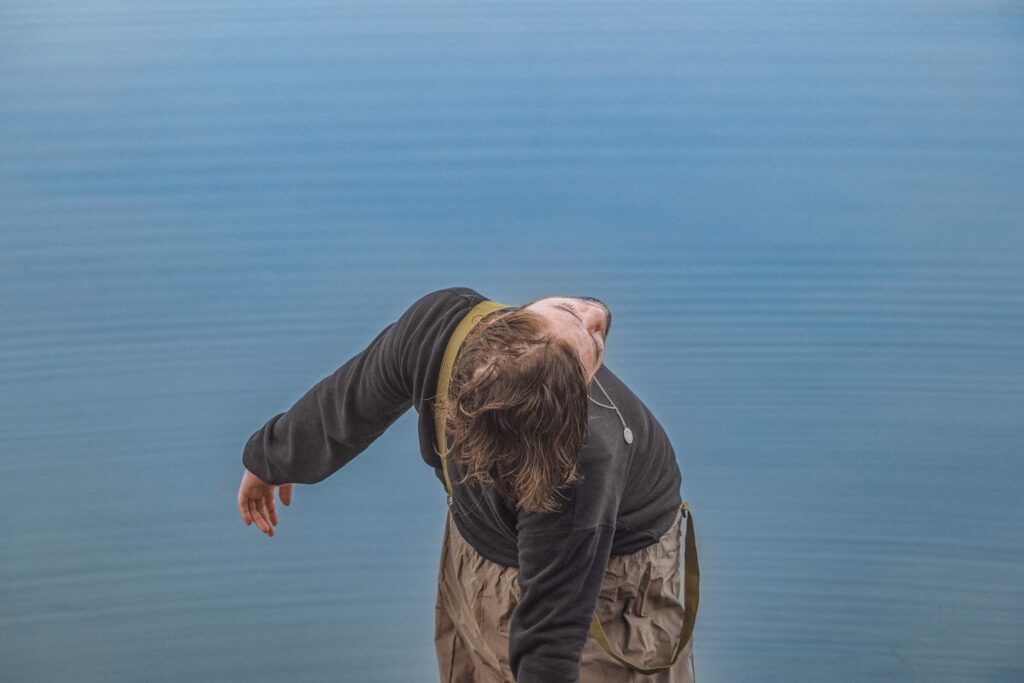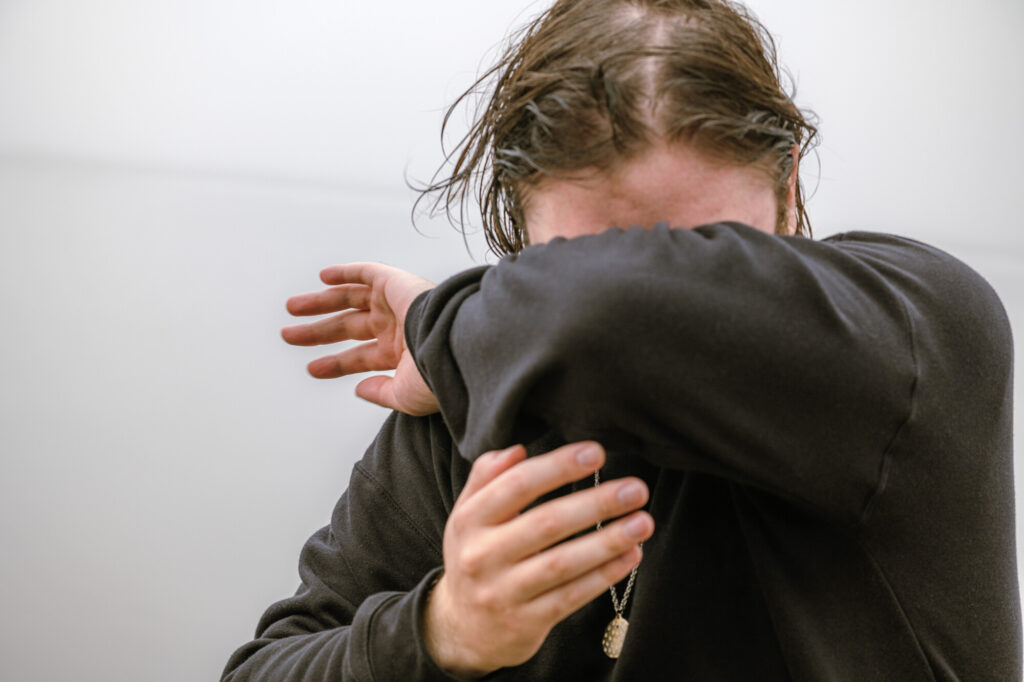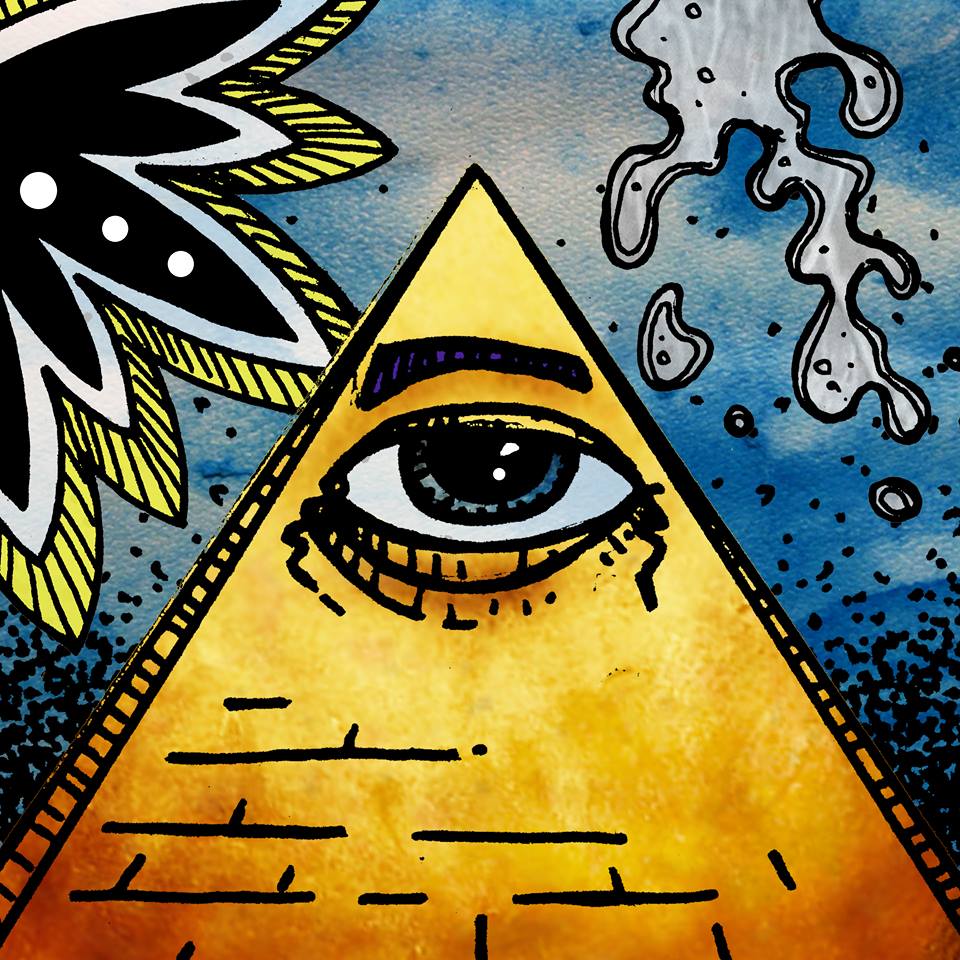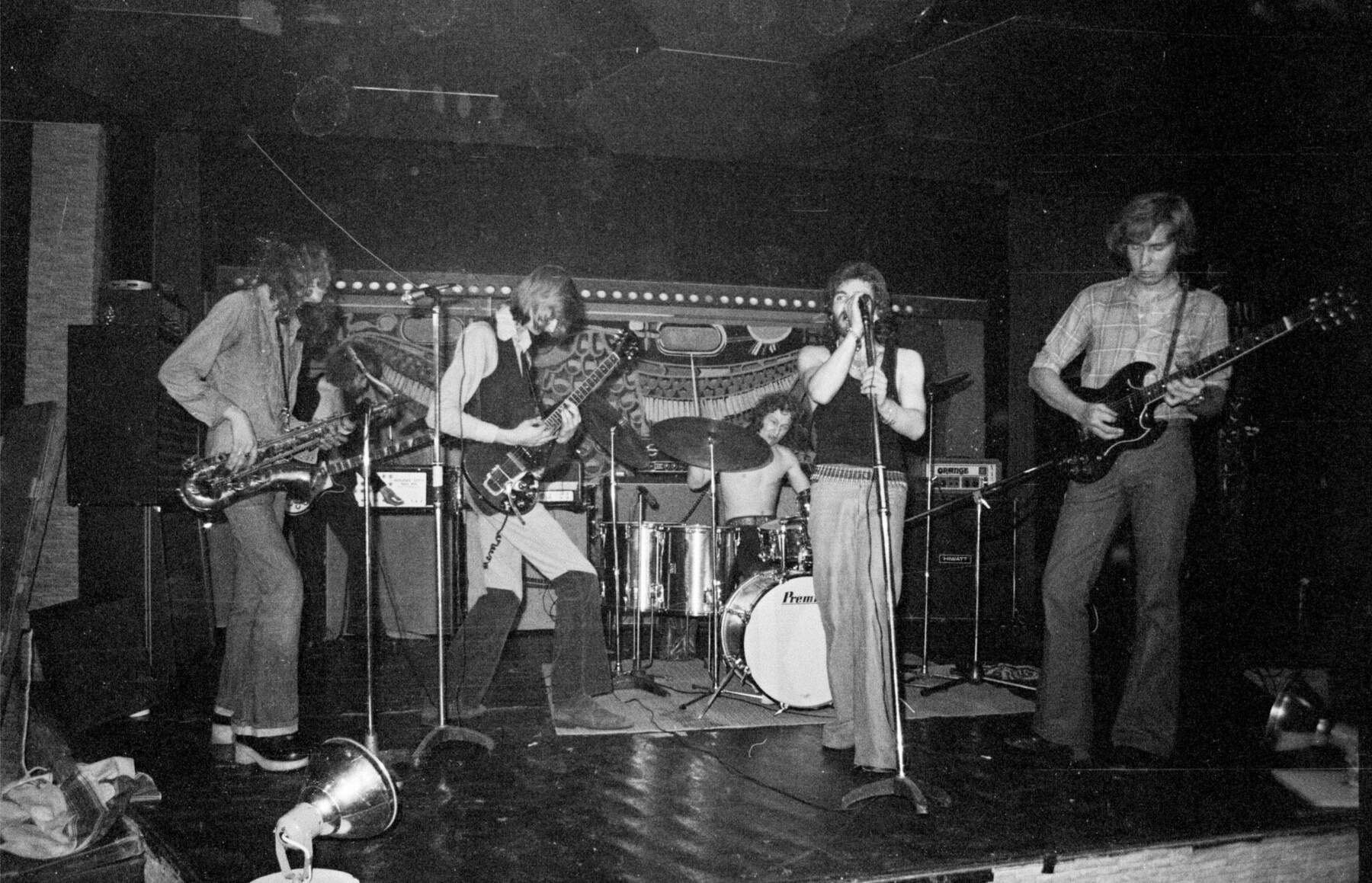Inside ‘I Love You As a Bright Horizon’: An Interview with Ambergrove
Ambergrove is not a band, but rather, a collective. Not bound by confines such as genres or concrete members, this group is like a branch that keeps growing outward, getting greener as it unfolds.
Their Spotify bio simply states—instructs us—to “Come and get free.” And with this teeming, exuberant debut LP? It’d be impossible for listeners to do anything but untether, soar.
‘I Love You As a Bright Horizon’ is a debut full-length album that explores the corners of world sound, exudes an overgrown rainforest of richness… So what if the rawness of the All-American Rejects (pop-punk) met the cinematic piano from Dear Evan Hansen (a musical) and then blended with a jazz-jam-band? Inside, you’ll find melodies as sweet and easy to listen to as those from Bublé… and moments of spirited eclecticism that could be likened to the great Coltrane.
‘Big Morning’ begins small, with a single acoustic nylon-string guitar. Suddenly, it turns into a fully orchestrated, uplifting indie beat. This then crescendos into compelling vocals—some echoing and cinematic, others panned in a call-and-response style… As the morning turns to afternoon, we close with gentle guitar pings, a fading tambourine…
But before you know it, we are… ‘DOOMED.’ Track 2 treats us to a plethora of rough and charming outtakes (à la pop-punk). These recordings then transform into a surprisingly clean-sounding, forward-moving tune with Broadway-ish piano. Despite the title, ‘Doomed’ is coy, playful, and has pleasant, near-jazzy elements with little moving lines of bass and guitars. Then we get some charmingly rigid auto-tuned vocals in the next section, while keeping the piano and grooving bass.
Each song inside ‘I Love You As a Bright Horizon’ is like a miniature day trip: moments of trepidation directly contrasted with the warmth of love inside stacks and stacks of harmonies—and immense, cosmic-feeling arrivals. The meat of the album begins with “Stills.” We settle into sugar-sweet vocals, which meld into violins, synths, and eventually a Django-esque ending. Then track 4, ‘Recessive’ (ft. Rusha), is a collage of piano, reverse-sounding noises, a sigh, a line of poetry…
In the early moments of our journey, country meets R&B. We think of The Chicks… but then there are trumpets in one ear, and fiddles in the other… inexplicable. Who knew slide guitar would go so well with trumpets and smooth R&B? Then there are soulful low vocals matched against airy-warm cursive singing… The wild, heavy punk of “Montana” that then comes down to a simmer transforms into longing… horn swells, elated, pulling… Speak of “cerulean fields” in one moment, then somehow nostalgic early-2000s vibes in the very next breath…
One of my favorite moments that cyclically rises and falls are the vocal lines: the ones that blend perfectly, nestle inside an instrument to match the trumpet or a wandering guitar lead line. Another motif that arises frequently in the album is this phasing, backwards sample-type sound—a sun-bleached moment in time. But inside the journey, there is also playfulness. For example, Track 6, ‘Waiting Muzak,’ is a spoof of hold music on a telephone line. It is an intermission of sorts, a reset before we reach the convivial, tropical ‘Eleuthera.’ Then, we return to a similarly coy feeling, as the robotic, re-pitched voices make their brief cameos. It’s like this cat shows up to bat something off the table in a scene, and we all start giggling.
Then ‘Garden Wine’ has a kaleidoscope of accordion and re-pitched vocals, as if traditional Mediterranean music was mashed up with the pop of Jon Bellion and AJR… We experience uncertainty with the electric and eclectic pings of Track 9, ‘Slow Yield’—its pensive guitars, unsteadiness constantly shifting around us, swirling like shimmering mica in a potion—except the potion is life. We have a religious experience with the raw “Holy Ground”… mournful, quaint, charming… Then ‘Cimabue’ blends smooth sax with vocal lushness (which then transforms into the grassroots of ‘Healing+’). We reach the final landing point and arrive at “Life After Horizon,” the closing track. The opening instrumentals embody a single word: Uplift. Then an abrupt robotic voice breaks the sonic sea, states: “Keep on dreaming.” A piano and even deeper, richer voice emerge from the settling dust. It’s electric. Bittersweet.
Ambergrove’s newest album is like one big, long international trip—a religious experience in genre-blending. The syncopated guitar strums and steady violins fade away from Track 15 like a sun going down across the Pacific—orange, warm, and inconceivably colossal.

“I was sick of following what I had thought to be the ‘blueprint’ of music. I was dead wrong. There is none.”
What is the meaning of the title of your album, and how did you come up with it?
‘I Love You As A Bright Horizon’ is about accepting something for what it is or what it may not be—and how two different things can both be correct/wrong. Long story short, since this album is very versed in genre, I thought the title would be a good way to let your imagination wander off a bit.
Why did you originally choose to have so many collaborators? What unique flavors did they each impart on the album, and do you have any fun stories from the studio?
Truthfully, I wanted to do something different. For the time being, I’m calling this genre “indie world music,” just because I don’t really know how to label it. There’s definitely an overall indie pop flare to it, but the record definitely takes you down a rabbit hole of twists and turns. Music has always been a way to bring people together. I didn’t want to make these songs all by myself. Nahuel Castrillon, a harmonica player from Argentina, blessed our album with some of the coolest cowboy harmonica (on the song ‘Cimabue’). Martin Kutnar from Croatia executed the most complex accordion solo ever on ‘Garden Wine.’ I could keep going forever. I think the funnest part of this recording process was sending the songs to some of the musicians without any context or expectation and kind of just saying, “play or do whatever you feel.” I literally kept everything they did, even if it was a first take or rough track. It was very freeing, and the end result sounded more than spectacular. If you like music, this album’s for you.
What is the story behind ‘Eleuthera’? Is it about the Bahamas?
First off, the Bahamas is an amazing place with lots of culture (highly recommend listening to ‘The Obeah Man’ record from Bahamian artist Exuma), but the song itself isn’t particularly about the small island of Eleuthera. However, the feel and the sound painted the picture of that island. I was getting inspired at the time by a bit of Bahamian soca music, which is what I wanted the drum beat to resemble. Lyrically, it’s kind of about being socially weird and not looking for the same communal and societal norms that most people want.
What languages are inside this album? Did I hear a guest artist speaking Patois?
The three languages that are sung on this album are English, Korean (sung by Korean artist Rusha), and I believe Luganda (sung by Andereya Baguma from Uganda).
How did you guys make Track 10 sound so charmingly aged? Was it recorded using an old mic, or done via post-production?
Track 10—’Holy Ground’—was a fun and very simple one to record. Most of the album is recorded using a whole bunch of different mics, but this one I wanted to sound as raw as possible. I literally sat in my living room, plugged some headphones into a MacBook Air from 2012, opened an outdated version of GarageBand, and recorded it using the computer’s built-in mic. From there, it was just mastered like the rest of the album. “Holy Ground” was the only song on the album that was recorded in that way, so I love that you asked about this one in particular.
What is your favorite song to listen to on ‘I Love You As a Bright Horizon,’ and was it also the one that was the most fun to make?
My favorite song on the whole album is probably ‘Lifeafter/Horizon,’ which is the album’s closing track. I wanted the whole album to end with a great big bang, so the song was so much fun to make. Truth be told, I wanted to go into one of those demolition rooms that people with anger management go into just to break stuff, and I wanted to record the sounds of glass breaking and tables being smashed. But I’m not that angry, so instead, I just tried to recreate those sounds without having to go to those lengths.

Lastly, where do you get all of these threads of inspiration from, and how do you get in the headspace to tie them all together so seamlessly?
Really appreciate the callout! I grew up in a diverse musical household, in which a singular focused genre of music was never a factor. As a child, I played lots of West African music, as a teenager I played hardcore/metal, in my early 20s I played indie folk—and now here we are. I wanted to do something different (at least it was different in my world). I was sick of following what I had thought to be the “blueprint” of music. I was dead wrong. There is none, which is what makes Ambergrove so fun. I wanted to take talented musicians from different musical backgrounds and blend what they do best with sounds that normally shouldn’t sit side by side. Hopefully it was executed!
Ambergroove Website / Facebook / Instagram / X / YouTube / Bandcamp




